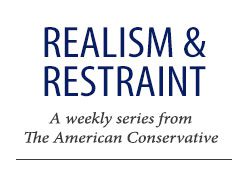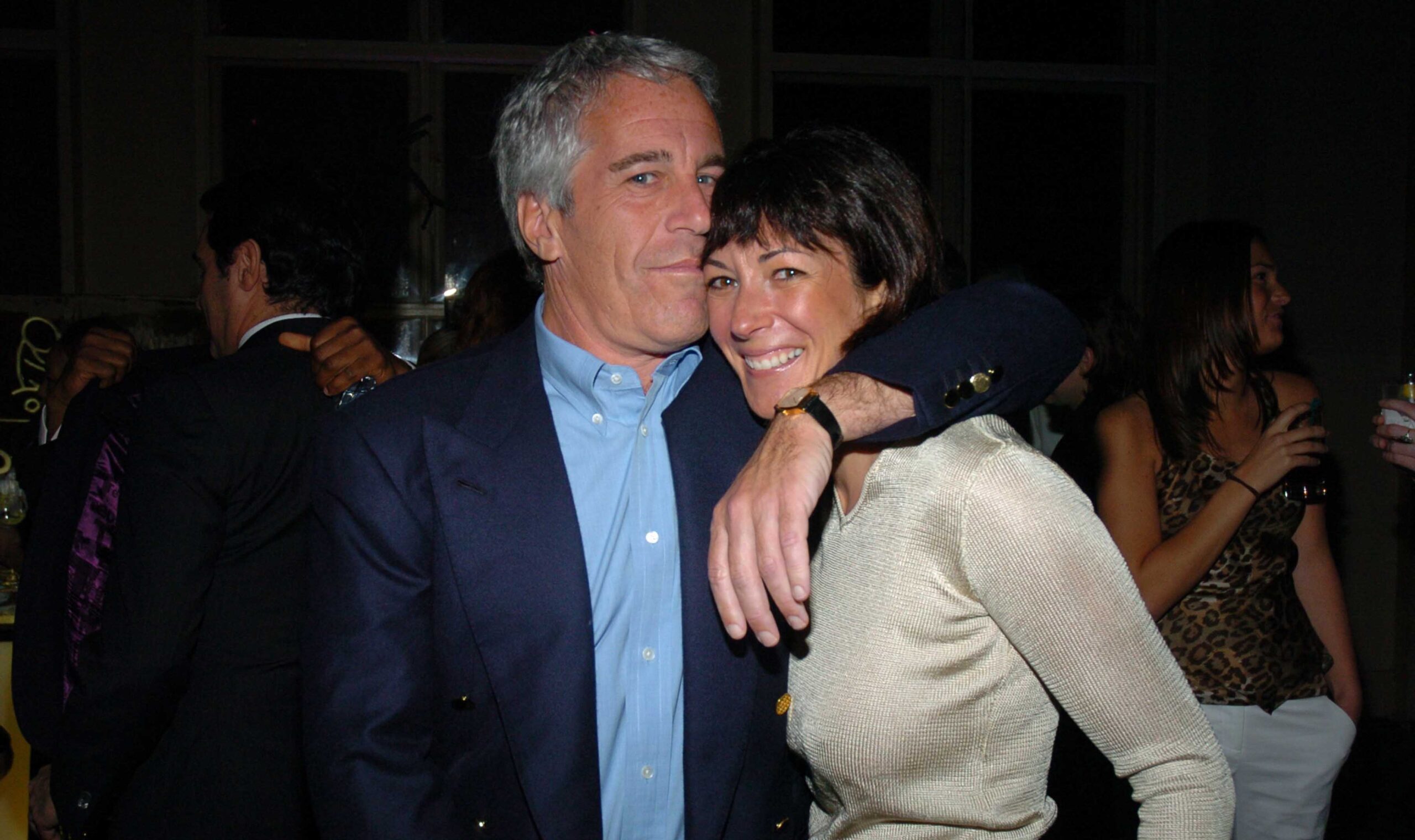America’s Other Original Sin
Can there be more than one Original Sin? I’m guessing that may be a theological nonstarter, but as a basis for historical interpretation there is real merit in considering the possibility of multiple exiles from the Garden of Eden.
That the arrival of the first African slaves to Jamestown 400 years ago this month qualifies as America’s Original Sin is now widely recognized. While holdouts remain, most agree that slavery and racism together have left an indelible stain on our nation. Many would argue that this awareness has arrived belatedly. I might even cite myself as an example.
As a kid growing up in Northwest Indiana in the middle of the last century, I judged slavery to have been an unfortunate mistake long since corrected. In the de facto segregated Calumet region where my family lived, race obviously remained a sensitive subject, but to my mind one best kept at arm’s length. I had more important things to worry about than the relationship between white people like me and those who were not white—why the Cubs were permanently stuck in or near the National League cellar being but one example. In the decades since, I’ve learned to see matters differently. So have many others.
But let me suggest the possibility of a Second Original Sin, not rising to the level of the first, but at least deserving far more attention than it has received. And that’s the sin committed in December 1898, when the United States laid claim to the Philippines. The history of this transaction, centering on a transfer of sovereign authority from Madrid to Washington, is both well known and almost entirely forgotten. As had been the case with race in East Chicago, Indiana, back in the late 1950s, the incorporation of the Philippines into an increasingly far-flung American empire has been written off. This, I have come to believe, is unfortunate, especially today when the American empire appears increasingly precarious.
The essential facts are these. In April 1898, the United States went to war with Spain. The war’s nominal purpose was to liberate Cuba from oppressive colonial rule. The war’s subsequent conduct found the United States not only invading and occupying Cuba, but also seizing Puerto Rico, completing a deferred annexation of Hawaii, scarfing up various other small properties in the Pacific, and, not least of all, replacing Spain as colonial masters of the Philippine Archipelago, located across the Pacific.
That the true theme of the war with Spain turned out to be not liberation but expansion should not come as a terrible surprise. From the very founding of the first British colonies in North America, expansion has constituted an enduring theme of the American project. Separation from the British Empire after 1776 only reinforced the urge to grow. Yet prior to 1898, that project had been a continental one. The events of that year signaled the transition from continental to extra-continental expansion. American leaders were no longer content to preside over a republic stretching from sea to shining sea.
In that regard, the decision to annex the Philippines stands out as especially instructive. If you try hard enough—and some politicians at the time did—you can talk yourself into believing that U.S. actions in the Caribbean in 1898 represented something other than naked European-style imperialism with all its brute force to keep the natives in line. After all, the United States did refrain from converting Cuba into a formal colony and by 1902 had even granted Cubans a sort of ersatz independence. Moreover, both Cuba and Puerto Rico fell within “our backyard,” as did various other Caribbean republics soon to undergo U.S. military occupation. Geographically, all were located within the American orbit.
Yet the Philippines represented an altogether different case. By no stretch of the imagination did the archipelago fall within “our backyard.” Furthermore, the Filipinos had no desire to trade Spanish rule for American rule and violently resisted occupation by U.S. forces. The notably dirty Philippine-American War that followed from 1899 to 1902—a conflict almost entirely expunged from American memory today—resulted in something like 200,000 Filipino deaths and ended in a U.S. victory not yet memorialized on the National Mall in Washington.
So the Philippine Archipelago had become ours. In short order, however, authorities in Washington changed their mind about the wisdom of accepting responsibility for several thousand islands located nearly 7,000 miles from San Francisco.
The sprawling American colony turned out to be the ultimate impulse purchase. And as with most impulse purchases, enthusiasm soon enough gave way to second thoughts and even regret. By 1907, President Theodore Roosevelt was privately referring to the Philippines as America’s “Achilles heel.” The United States had paid Spain $20 million for an acquisition that didn’t turn a profit and couldn’t be defended given the limited capabilities of the U.S. Army and U.S. Navy. To complicate matters further, from Tokyo’s perspective, the Philippines fell within its backyard. So far as Imperial Japan was concerned, imperial America was intruding on its turf.
Thus was the sequence of events leading to the Pacific War of 1941-1945 set in motion. I am not suggesting that Pearl Harbor was an inevitable consequence of the United States annexing the Philippines. I am suggesting that it put two rival imperial powers on a collision course.
One can, of course, find in the ensuing sequence of events matters worth celebrating—great military victories at places like Midway, Iwo Jima, and Okinawa, culminating after 1945 in a period of American dominion. But the legacy of our flirtation with empire in the Western Pacific also includes much that is lamentable—the wars in Korea and Vietnam, for example, and now an intensifying rivalry with China destined to lead we know not where.
If history could be reduced to a balance sheet, the U.S. purchase of the Philippines would rate as a pretty bad bargain. That first $20 million turned out to be only a down payment.
We Americans are still reckoning with the consequences of slavery and racism, a painful but necessary process. A similar reckoning with the consequences of American imperialism is badly needed but nowhere in sight.
The sin of slavery contravened all that America professes to signify. So too, I submit, does the sin of empire.
The American Garden of Eden, attributed to divine favor even if secured by hook or by crook, is America itself. It is a vast and beautiful garden.
We didn’t need the Philippines in 1898. Today we don’t need Afghanistan, Iraq, Syria, Yemen, and other artifacts of a failed imperial enterprise. It’s past time to give our own garden the careful tending it deserves.
Andrew Bacevich is TAC’s writer-at-large and co-founder of the Quincy Institute of Responsible Statecraft. His new book, The Age of Illusions: How America Squandered Its Cold War Victory, will be published early next year.
